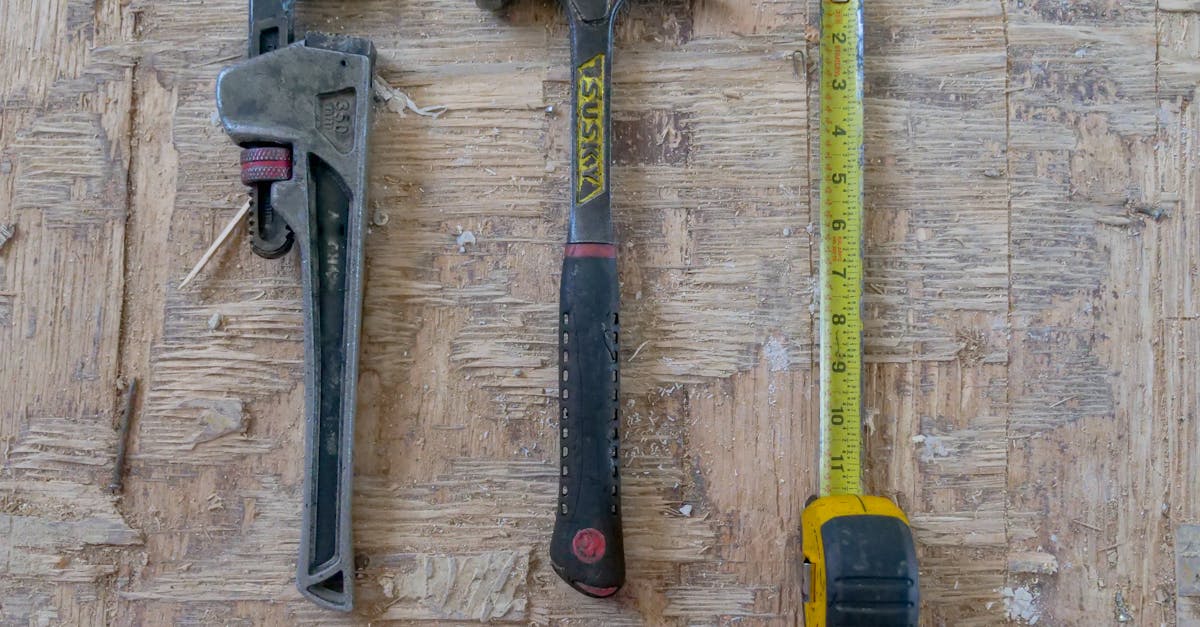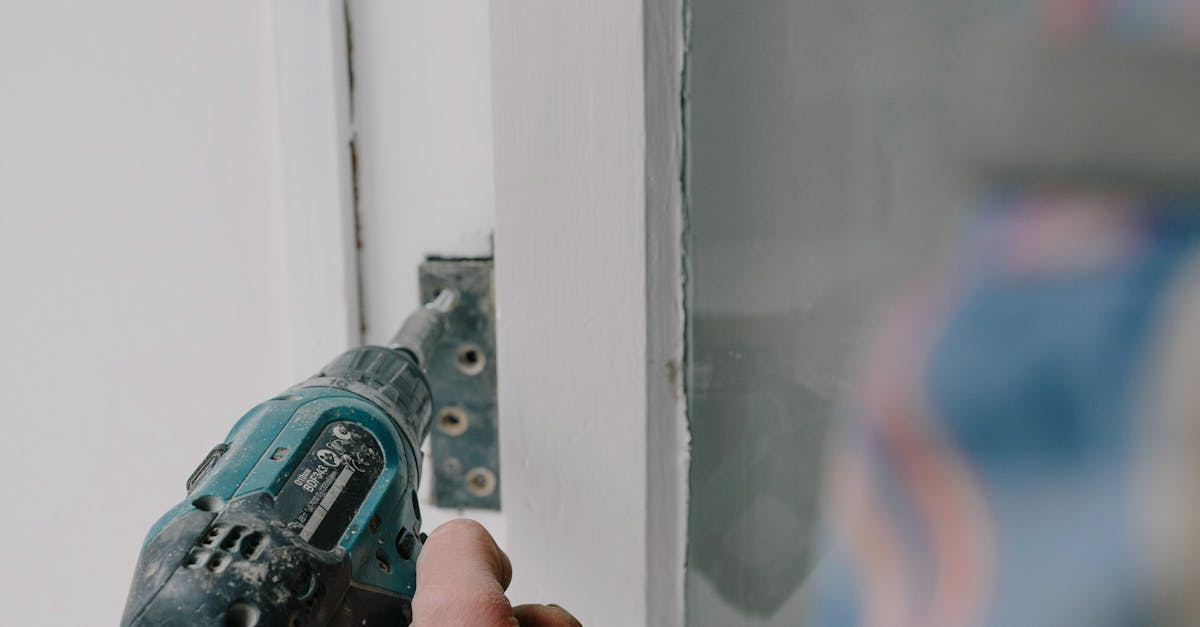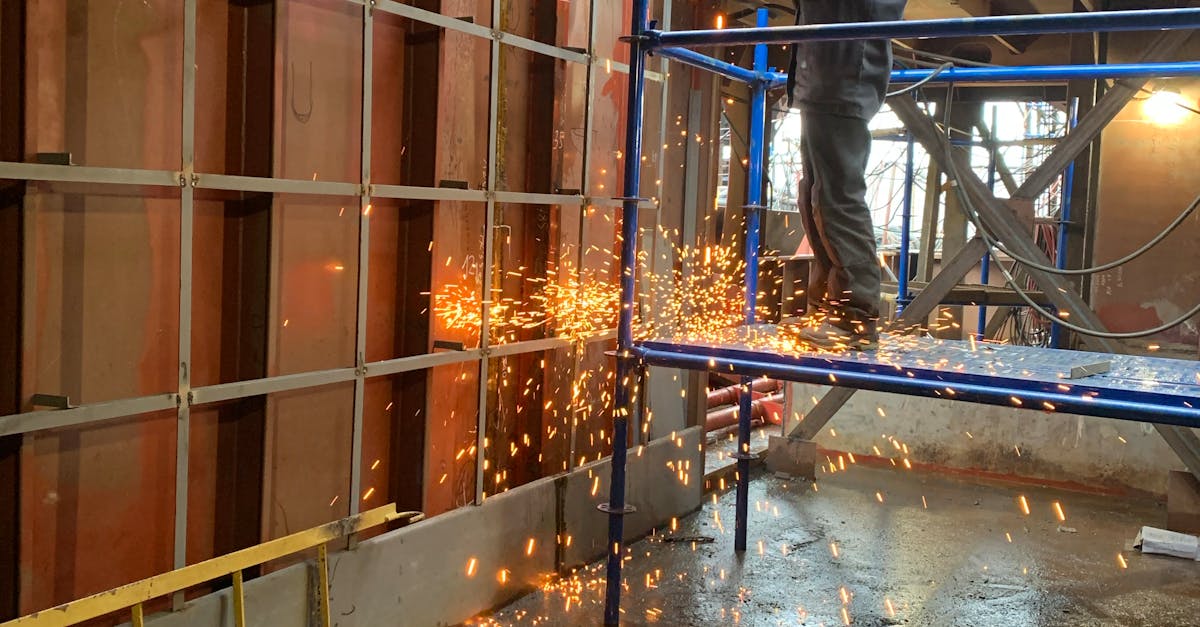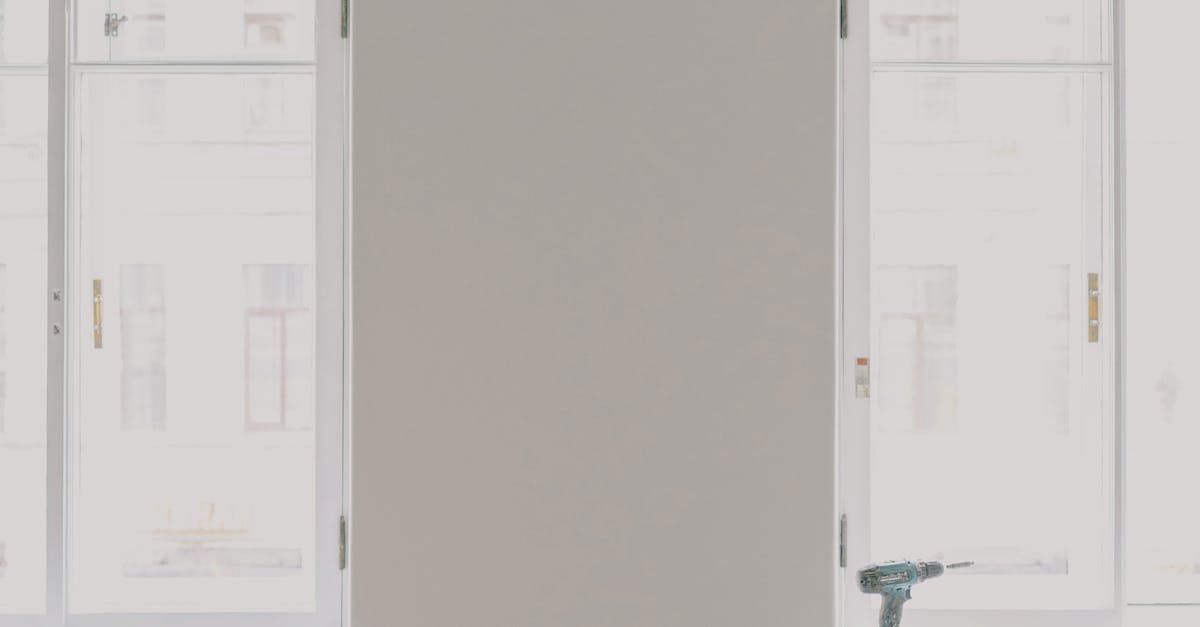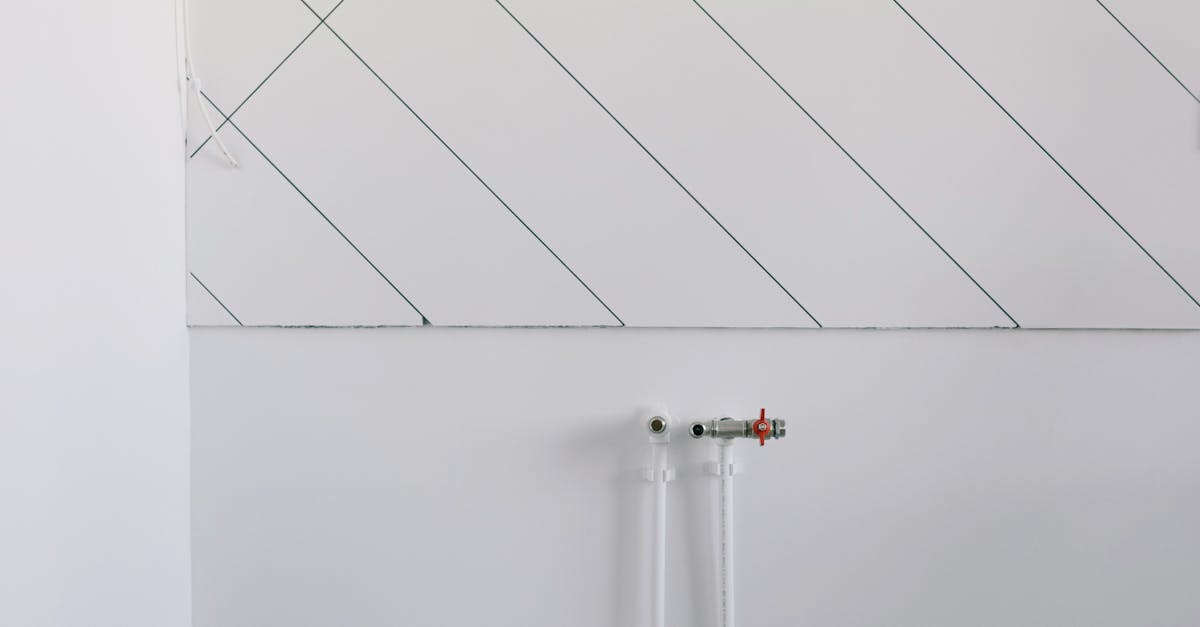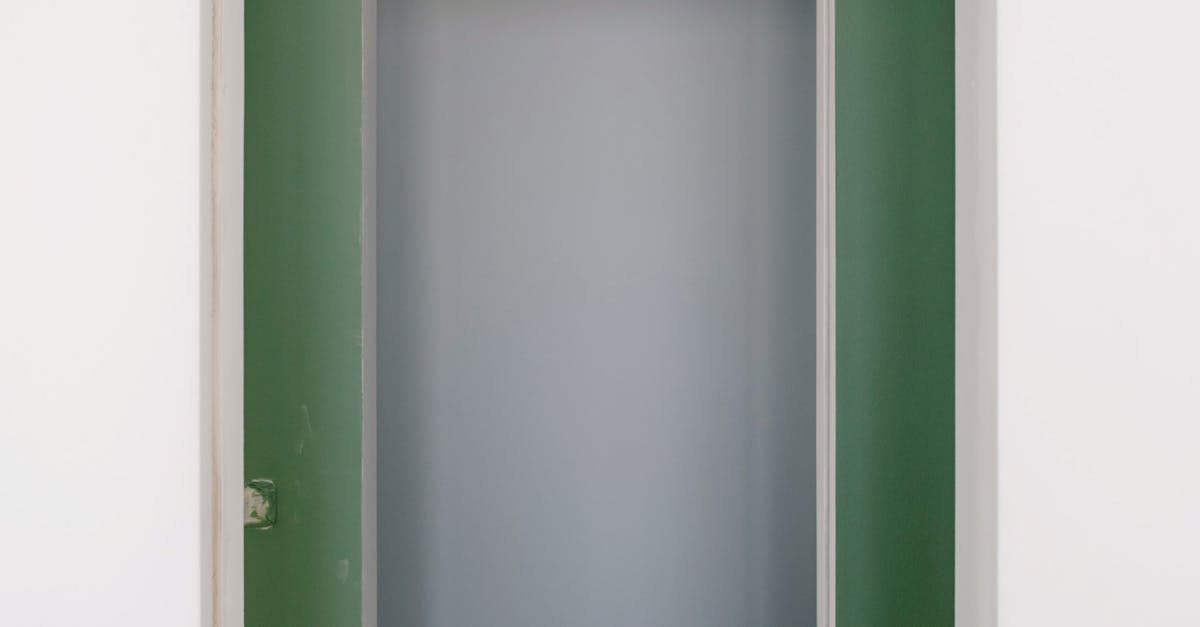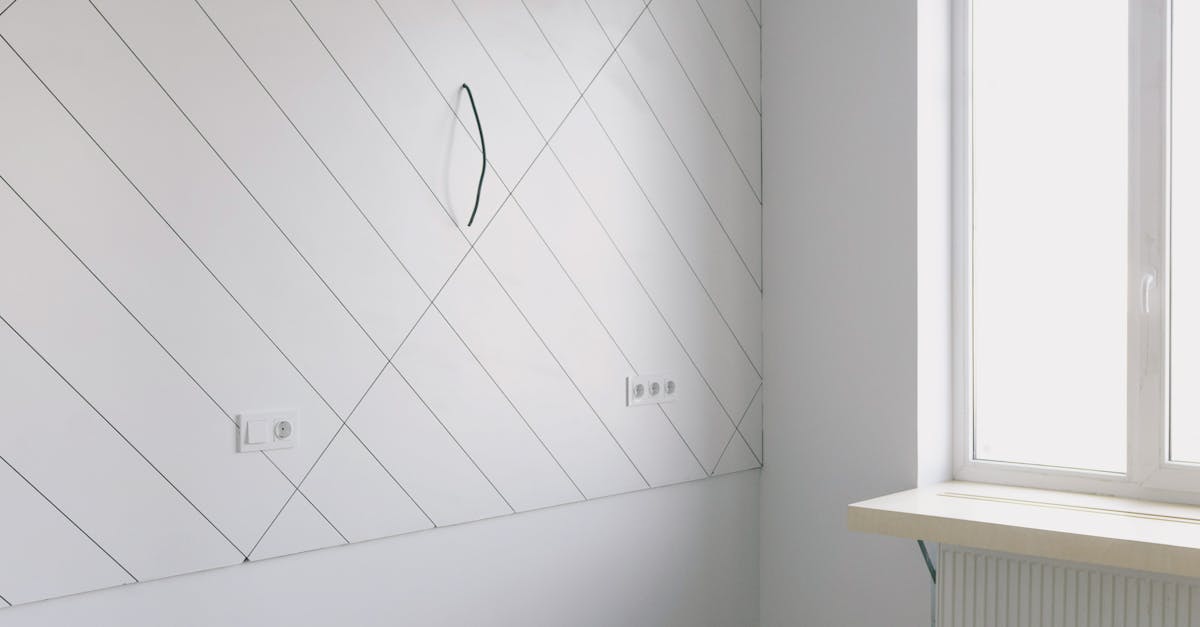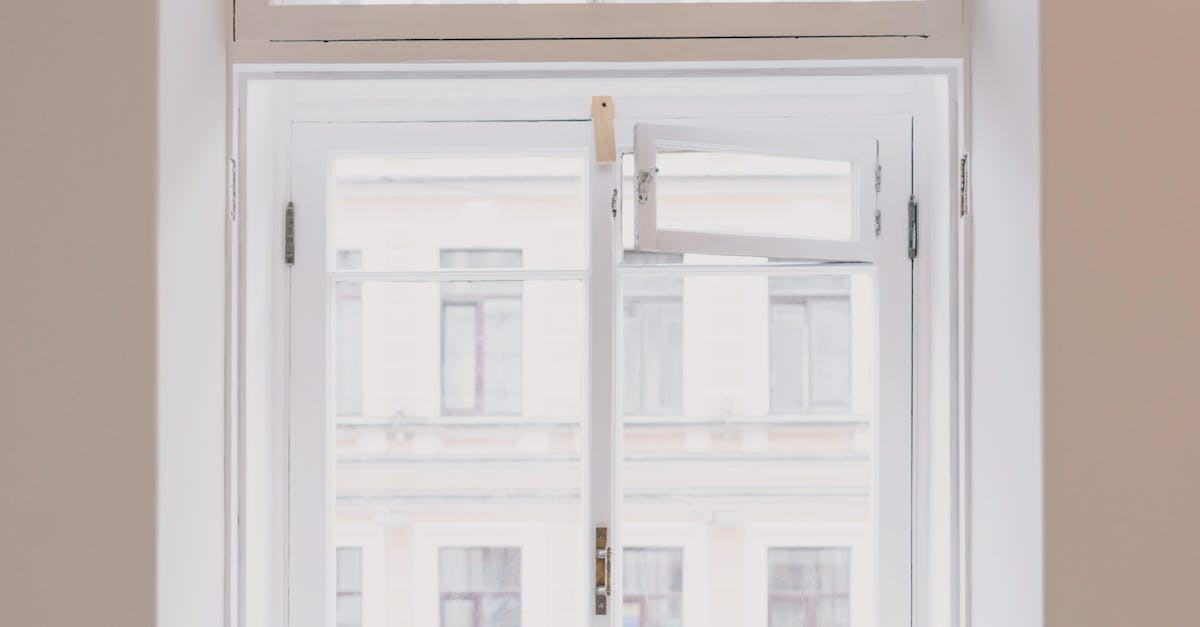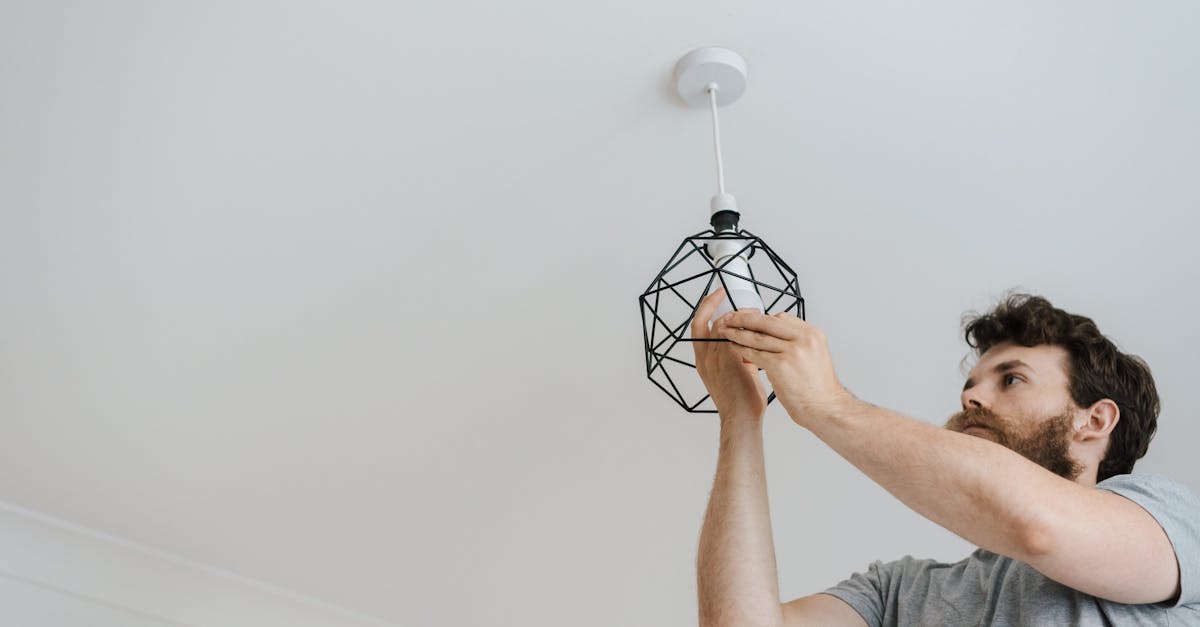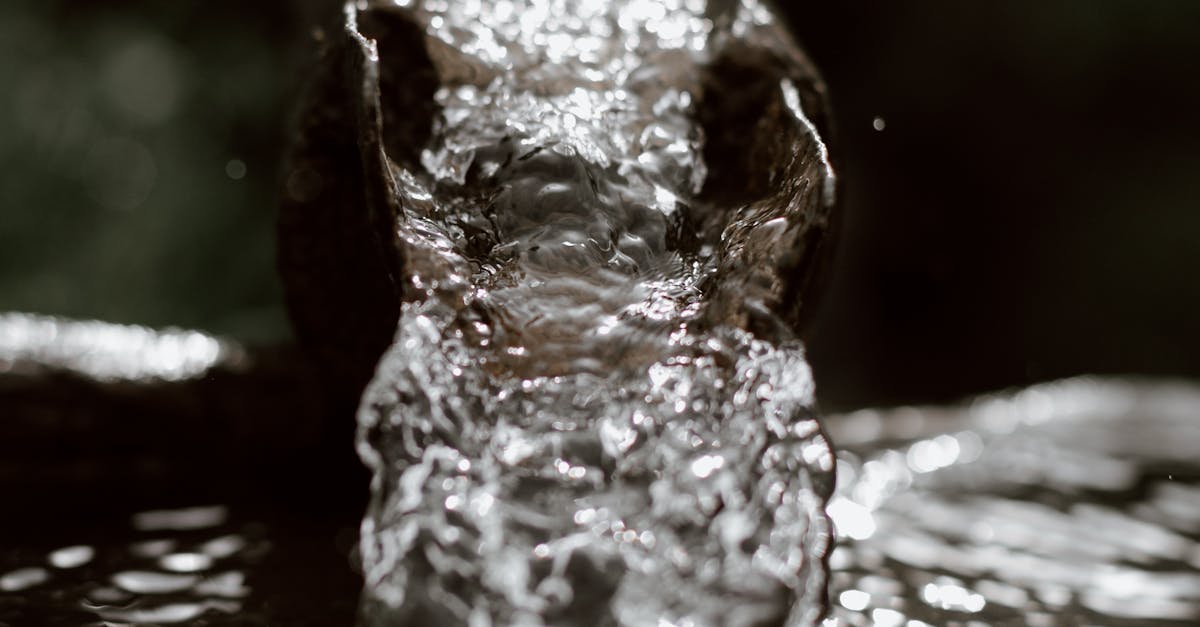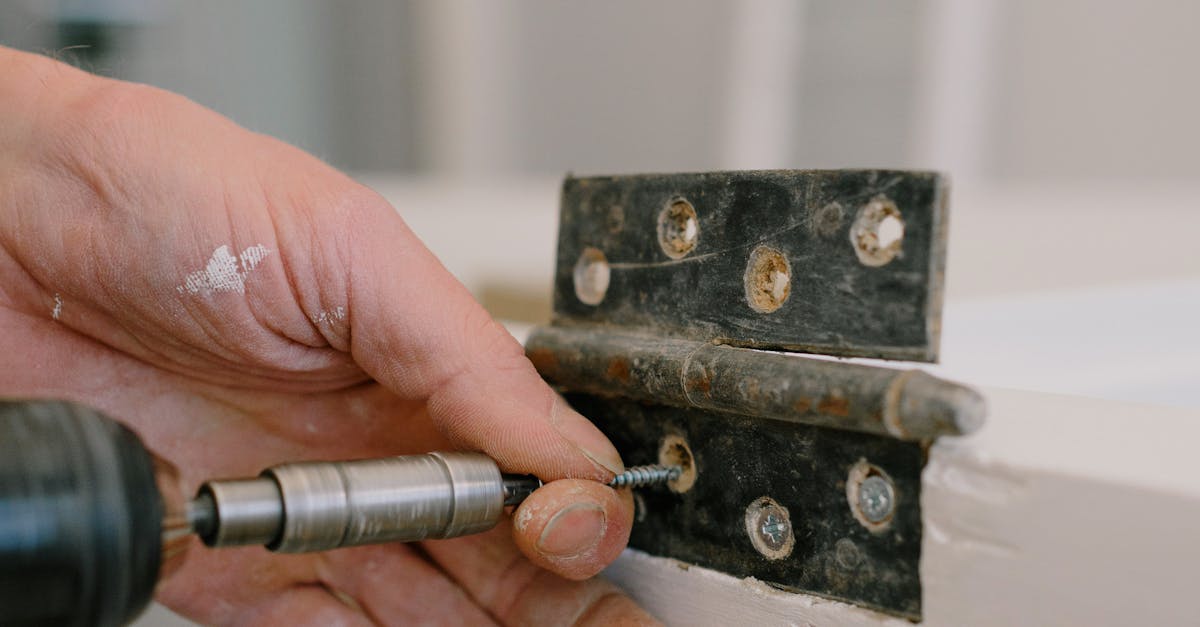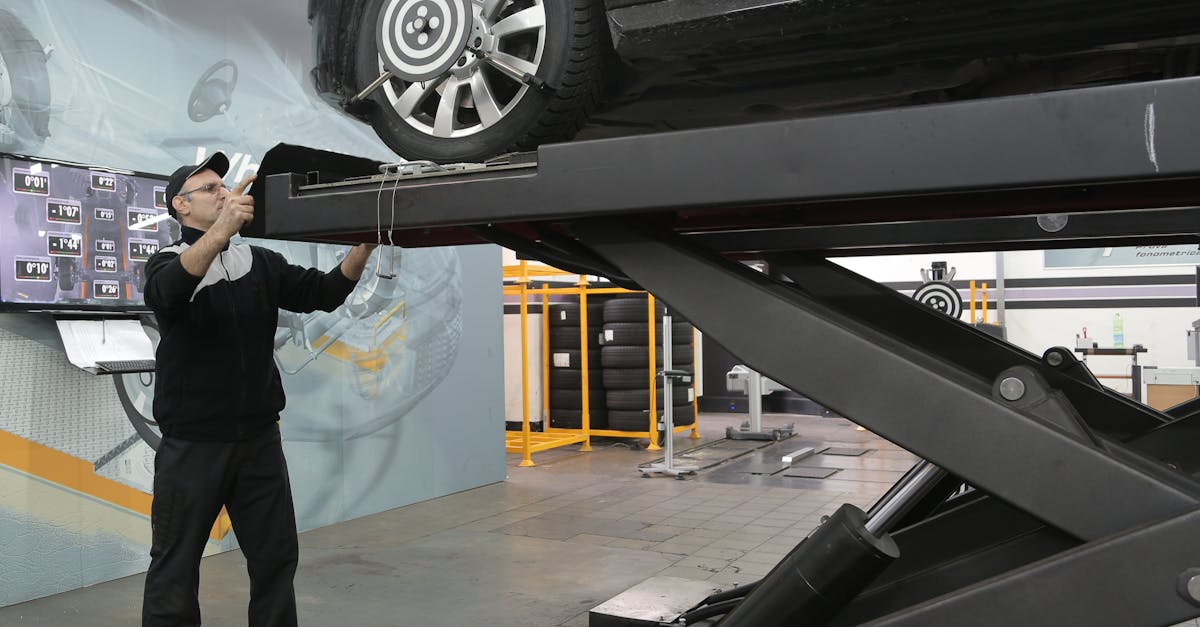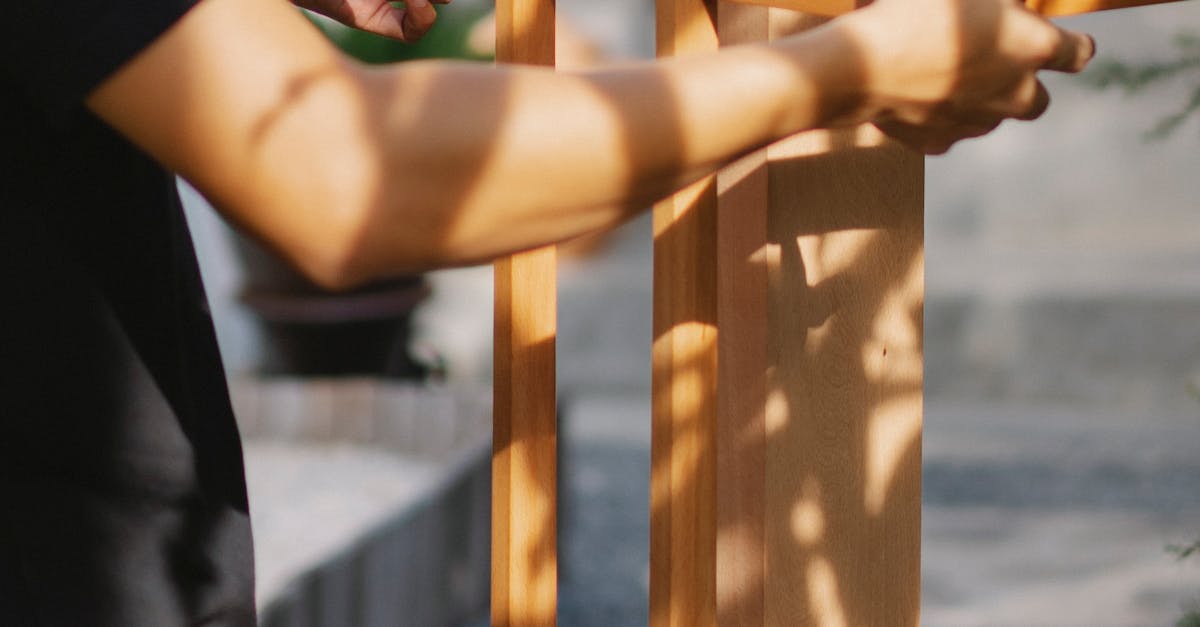
Table Of Contents
Preventative Measures to Avoid Root Intrusion
Preventative measures can significantly reduce the risk of tree roots invading sewer lines. Homeowners should consider the placement of trees and shrubs when planning their gardens. Selecting tree species with less invasive root systems can help limit potential damage. Additionally, maintaining a distance of several metres between plants and sewer lines is advisable during both plant selection and landscaping.
Sewer line installation and repair are crucial times to think about root intrusion. Installing root barriers during sewer line construction can offer long-term protection. These barriers act as a deterrent, directing roots away from pipes. Regular inspections of sewer lines can also help identify early signs of root intrusion, allowing for timely intervention before serious damage occurs.
Choosing the Right Trees for Your Garden
Selecting the right trees for your garden is crucial, especially when considering the impact on sewer lines. Certain species are known for their aggressive root systems, which can infiltrate pipes and cause significant damage. Native Australian trees often have roots that are less invasive, making them a wise choice for gardens situated near sewer infrastructure. Being mindful of the mature size and root characteristics of trees will help mitigate potential problems down the line.
Additionally, working with professionals during sewer line installation and repair can provide valuable insights into tree placement. Professionals can recommend suitable distances between your trees and sewer lines, reducing the risk of root intrusion. Planting smaller, less invasive plants closer to sewer infrastructure can also create a thriving garden without the fear of damage to vital utility systems.
Chemical Treatments for Root Control
Chemical treatments can be an effective solution for managing tree roots that infiltrate sewer lines. Herbicides specifically formulated to target roots are often applied to areas where roots pose a problem. These chemicals work by penetrating the plant system, disrupting its growth and leading to its eventual death. When using herbicides, it is crucial to follow manufacturer guidelines to minimise environmental impact and ensure safety.
Sewer line installation and repair can be costly and disruptive. Thus, preventative measures that include the application of chemical treatments can help maintain the integrity of these systems. Regular monitoring and timely application of root control products can prevent extensive damage, safeguarding both your landscaping and your plumbing.
Understanding the Use of Herbicides
Herbicides can play a significant role in managing tree roots that infiltrate sewer lines. These chemicals target specific types of vegetation, with the goal of preventing roots from growing into sewer pipes. Proper application is crucial, as timing and method can greatly influence effectiveness. It's essential to follow the manufacturer's instructions and consider the environmental impact, especially in residential areas.
In conjunction with herbicide use, regular inspections of sewer line installation and repair can help identify potential issues before they become severe. Early detection can enable homeowners to take proactive measures, potentially avoiding costly repairs. This combination of herbicide treatment and vigilant monitoring ensures that tree roots do not compromise the integrity of sewer systems over time.
The Role of Root Barriers
Root barriers play a crucial role in safeguarding sewer lines from invasive tree roots. These barriers are typically made from durable materials such as heavy-duty plastic or metal, which are installed vertically around the perimeter of sewer lines. When properly placed, they can redirect roots away from pipes, reducing the risk of damage that can lead to costly repairs. Their effectiveness largely depends on the depth of installation and the type of soil, requiring careful consideration during the planning stages.
For those undertaking sewer line installation and repair, implementing root barriers is a proactive strategy to enhance long-term integrity. By creating a physical impediment, these barriers help to prevent root intrusion and the complications associated with clogged or damaged plumbing systems. With the right barrier design and placement, homeowners can minimise the likelihood of disruptions caused by resilient tree roots, ensuring a smoother operation of their sewer systems.
Installing Barriers to Protect Your Pipes
Installing root barriers can be an effective strategy to protect your pipes from intruding tree roots. These barriers, typically made of durable materials like plastic or metal, are set up underground to create a physical impediment that roots cannot penetrate. When positioned correctly during sewer line installation and repair, they can greatly minimise the risk of root damage, prolonging the lifespan of the sewer system. It’s essential to consider the type of soil and the species of trees near the installation area, as these factors can influence the effectiveness of the barriers.
Homeowners may want to consult with specialists when planning the placement of root barriers. Proper installation is crucial to ensure these barriers function as intended. It’s recommended to install them at a suitable depth and angle, taking care to align them with the direction of root growth from nearby trees. If implemented correctly during sewer line installation and repair, these barriers serve as a long-term solution to prevent costly clogs and disruptions caused by invasive root systems.
FAQS
What are the common causes of tree roots invading sewer lines?
Tree roots typically invade sewer lines in search of moisture and nutrients. Damaged pipes or joints can create openings that attract roots, leading to blockages and other plumbing issues.
What chemical treatments are effective for dissolving tree roots in sewer lines?
Common chemical treatments include herbicides containing ingredients like copper sulfate and foaming root killers, which can effectively kill and dissolve roots within the pipes.
Are chemical treatments safe for the environment?
While some chemical treatments can be effective, they may have harmful effects on the environment and surrounding vegetation. It's essential to use them judiciously and consider environmentally-friendly alternatives where possible.
How can root barriers help prevent tree root intrusion in sewer lines?
Root barriers are physical barriers installed underground that redirect root growth away from sewer lines, helping to prevent roots from invading and causing blockages.
What types of trees should I avoid planting near sewer lines?
It’s best to avoid planting trees with aggressive root systems, such as willows, poplars, and certain maples, near sewer lines. Instead, opt for trees with less invasive root systems to minimise the risk of intrusion.
